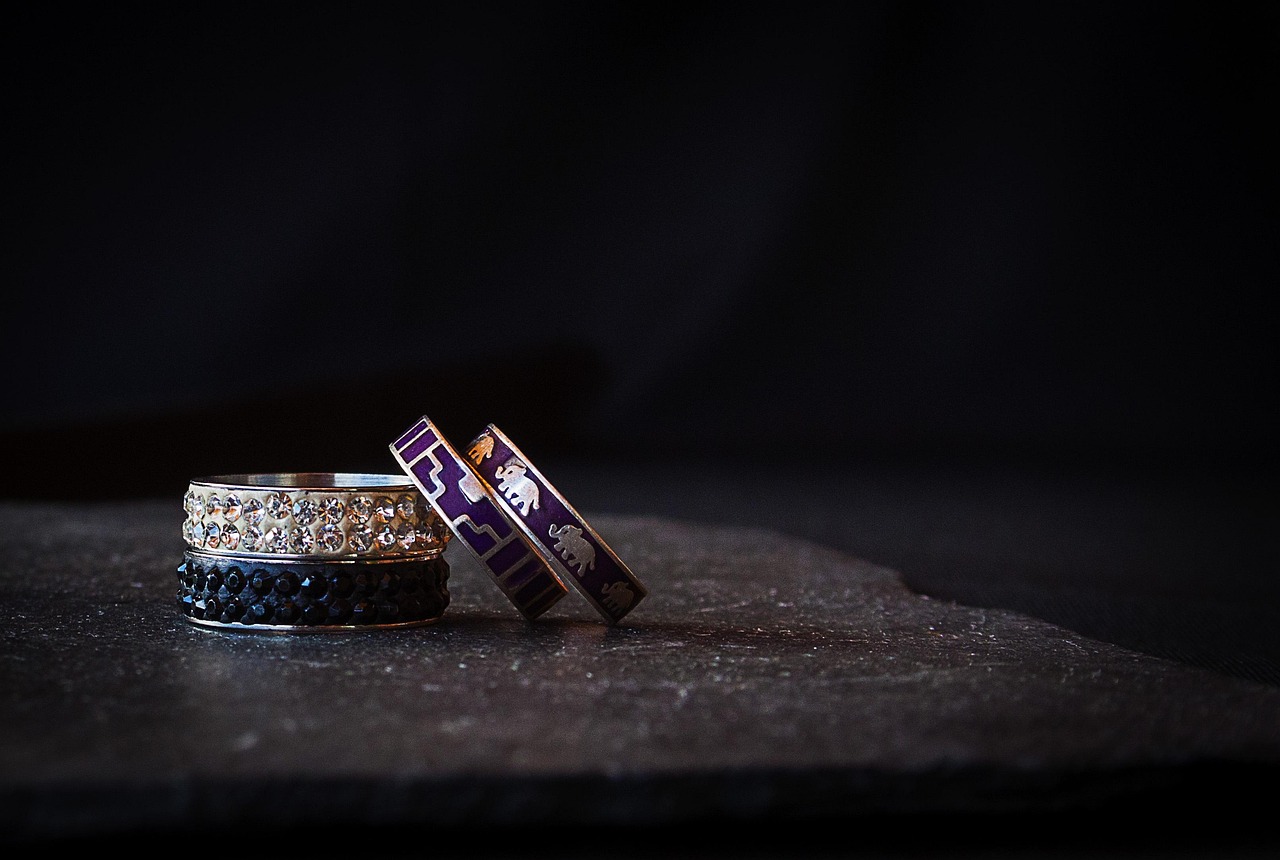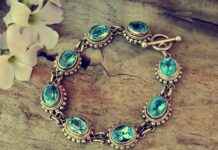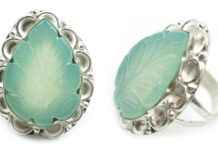Mood rings, which gained immense popularity in the 1970s, are witnessing a remarkable revival in today’s fashion landscape. This article delves into the factors contributing to their resurgence, the cultural significance they hold, and their appeal to contemporary consumers.
The origins of mood rings date back to the 1970s, a decade marked by vibrant fashion and a quest for self-expression. These unique accessories captivated the public’s imagination with their ability to change color in response to the wearer’s emotional state, creating a sense of intrigue and wonder.
Understanding the Science Behind Mood Rings
Mood rings operate using thermotropic liquid crystals that respond to temperature changes. As the body temperature fluctuates, these crystals shift colors, providing a visual representation of the wearer’s emotional “temperature.” This fascinating science underpins the rings’ charm and functionality.
Color Meanings and Emotional Connections
- Blue: Calmness and tranquility
- Green: Balance and harmony
- Yellow: Energy and enthusiasm
- Red: Passion and excitement
- Purple: Creativity and inspiration
The recent resurgence of mood rings can be attributed to several trends. The sense of nostalgia plays a pivotal role, as consumers seek to reconnect with the past and embrace retro styles. Additionally, the growing focus on mindfulness and emotional well-being has made mood rings appealing as tools for self-reflection and emotional awareness.
Choosing the Perfect Mood Ring
With a plethora of styles and materials available, selecting the right mood ring can be daunting. Consider factors such as material durability and design preferences to find a ring that resonates with your personal style.
Conclusion: The Enduring Allure of Mood Rings
Mood rings symbolize a blend of nostalgia, science, and self-expression. Their comeback reflects a contemporary desire for personal connection and emotional insight, solidifying their status as a timeless accessory in today’s fashion world.

The History of Mood Rings
is a fascinating journey that traces back to the 1970s, a decade marked by vibrant cultural shifts and innovative fashion trends. Mood rings, which became a symbol of that era, captivated the public’s imagination with their unique ability to change colors based on the wearer’s emotional state. This article delves into the origins of mood rings, exploring their cultural significance and the science behind their color-changing properties.
Originally developed by a pair of inventors, Maris Ambats and Josh Reynolds, mood rings were designed to reflect the emotional temperature of the wearer. The rings utilize thermotropic liquid crystals that respond to changes in body temperature, a phenomenon that links physical sensations to emotional states. As the body temperature fluctuates, the liquid crystals alter their structure, resulting in a spectrum of colors that correspond to various emotions.
The initial popularity of mood rings can be attributed to the growing interest in self-exploration and the counterculture movement of the 1970s. People were eager to express their individuality and emotions through fashion, and mood rings provided a novel way to do so. As these rings adorned the fingers of many, they became a cultural icon, often seen in movies, music videos, and on celebrities of the time.
Despite their decline in popularity during the 1980s and 1990s, mood rings have experienced a resurgence in recent years. This revival can be linked to a renewed interest in nostalgia and retro fashion trends, as well as a growing awareness of mental health and emotional well-being. Today, mood rings are not just accessories; they serve as tools for self-reflection and emotional expression, resonating with a new generation of consumers.
In conclusion, the history of mood rings is a testament to their enduring appeal. From their vibrant beginnings in the 1970s to their modern resurgence, mood rings continue to capture the hearts and minds of people seeking to understand and express their emotions.

How Mood Rings Work
Mood rings are fascinating accessories that have captivated many with their unique ability to change color. This intriguing phenomenon is not just a matter of aesthetics; it is rooted in science. At the core of mood rings are thermotropic liquid crystals, which respond to temperature variations. This section delves into the mechanics of how these rings operate and what their color changes signify about the wearer’s emotional state.
The fundamental principle behind mood rings lies in the thermodynamic properties of liquid crystals. These materials are sensitive to temperature changes, which means that as the temperature of the wearer’s skin fluctuates, the liquid crystals within the ring react accordingly. When the body temperature rises, the crystals may expand, leading to a shift in color. Conversely, a drop in temperature can cause the crystals to contract, resulting in another hue.
Typically, mood rings display a range of colors, each associated with a different emotional state. For instance, a bright blue might indicate calmness and relaxation, while a deep green could signify balance and harmony. On the other hand, colors like dark brown or black may suggest feelings of stress or anxiety. Understanding these color meanings can help wearers gain insight into their emotional well-being.
Moreover, various external factors can influence the temperature of the skin, thereby affecting the mood ring’s color. Environmental conditions, such as room temperature, and physical activities, like exercise, can lead to noticeable changes in the ring’s appearance. Additionally, emotional states such as excitement or nervousness can elevate body temperature, further impacting the color displayed.
In conclusion, mood rings are not merely decorative items; they serve as a window into the emotional landscape of the wearer. By understanding the science behind their color-changing properties, individuals can use mood rings as tools for self-reflection and emotional awareness, making them a meaningful addition to personal accessories.
The Science of Color Change
The color changes in mood rings are a fascinating phenomenon that reflects the intricate connection between our bodies and emotions. These rings are designed to respond to the fluctuations in body temperature, which can vary due to a range of emotional states. Understanding the specific colors displayed by mood rings and their corresponding emotional interpretations can enhance our appreciation of these unique accessories.
When a mood ring is worn, it interacts with the body’s heat, which can rise or fall based on feelings such as stress, happiness, or calmness. The thermotropic liquid crystals within the ring react to these temperature changes, resulting in a spectrum of colors that signify different emotions. Below is a table summarizing the common colors and their associated meanings:
| Color | Emotional Interpretation |
|---|---|
| Black | Stress or negative emotions |
| Red | Passion or excitement |
| Blue | Calmness or tranquility |
| Green | Balance and harmony |
| Yellow | Joy and energy |
As we can see, each color serves as a visual representation of our internal emotional state. For instance, a shift to blue may indicate a moment of peace, while red could signal heightened excitement. This color-emotion relationship makes mood rings not only a fashionable accessory but also a tool for self-reflection.
In addition to emotional states, external factors such as environmental temperature and physical activity can also affect the color displayed by the ring. Therefore, mood rings can serve as a reminder to check in with ourselves and our feelings throughout the day.
In conclusion, the science behind mood rings is a captivating blend of physiological responses and emotional interpretation. By understanding the colors and their meanings, we can gain deeper insights into our emotional well-being and enhance our self-awareness.
Color Meanings Explained
Mood rings are fascinating accessories that not only serve as jewelry but also provide insights into our emotional states through the colors they display. Each hue corresponds to specific feelings, creating a unique emotional language that can help individuals understand their inner selves better. Below is a breakdown of the common colors found in mood rings and their associated meanings:
| Color | Emotion |
|---|---|
| Black | Stress or anxiety |
| Blue | Calmness and tranquility |
| Green | Balance and harmony |
| Yellow | Joy and happiness |
| Red | Passion or anger |
| Purple | Creative energy |
| Brown | Stability and reliability |
| Clear | Emotional clarity |
Understanding these colors can enhance your self-awareness and emotional intelligence. For instance, if your mood ring frequently changes to red, it may indicate heightened emotions that require your attention. Similarly, if it often shows blue, it might be a sign that you are in a peaceful state of mind.
In addition to the basic meanings, it’s essential to consider that various factors, such as environmental conditions and personal experiences, can influence the color displayed by the ring. Thus, mood rings serve not only as a fun accessory but also as a tool for emotional reflection and awareness.
In conclusion, the colors of mood rings offer a fascinating glimpse into our emotional landscape. By paying attention to these colors, we can gain valuable insights into our feelings and foster a deeper understanding of ourselves.
Thermal Sensitivity
Mood rings have captured the imagination of many with their unique ability to change colors based on the wearer’s body temperature. This fascinating phenomenon is not just a quirky accessory; it reflects the intricate connection between physical sensations and emotional states.
The of mood rings is primarily due to the thermotropic liquid crystals embedded within them. These crystals react to changes in temperature, which can fluctuate based on various factors, including stress, excitement, and even environmental conditions. Understanding how these factors influence the color change can deepen our appreciation for these intriguing pieces of jewelry.
- Stress: When a person is stressed, their body temperature can rise or fall, causing the mood ring to display different colors. Typically, a cooler temperature may indicate calmness, while warmer temperatures may suggest anxiety or tension.
- Excitement: Positive emotions like excitement can also lead to increased body temperature. When someone is thrilled or happy, their mood ring may shift to vibrant colors, reflecting their elevated emotional state.
- Environmental Conditions: External factors such as weather or room temperature can also affect the ring’s color. For instance, stepping into a warm room can cause the ring to change color, providing insight into the wearer’s immediate emotional response.
This link between physical sensations and emotional states is what makes mood rings so compelling. They serve not only as a fashion statement but also as a tool for self-reflection and emotional awareness. By observing the color changes, individuals can gain insights into their feelings and reactions to different stimuli throughout the day.
In conclusion, the of mood rings is a fascinating interplay of science and emotion. As we continue to explore the connections between our physical and emotional selves, mood rings offer a unique way to visualize and understand our inner experiences.
Popularity in Pop Culture
Mood rings have transcended their original 1970s popularity, finding new life in contemporary culture. One of the most significant factors contributing to this revival is their representation in pop culture. Movies, television shows, and celebrity endorsements have all played a pivotal role in rekindling interest in these unique accessories.
In recent years, mood rings have made notable appearances in popular films and TV series, often used to symbolize a character’s emotional state. For instance, in a hit teen drama, a mood ring was worn by a protagonist who navigated complex relationships, effectively showcasing how emotions can fluctuate. Such portrayals not only entertain but also serve to educate audiences about the emotional spectrum that mood rings represent.
Furthermore, celebrities have embraced mood rings, wearing them on red carpets and social media platforms. This visibility has significantly boosted their appeal, making them a trendy accessory among younger generations. Social media influencers, in particular, have capitalized on this trend, sharing their experiences with mood rings and encouraging followers to explore their emotional depths through these colorful accessories.
Additionally, the resurgence of nostalgic fashion has made mood rings a sought-after item. As vintage styles come back into vogue, mood rings fit seamlessly into the aesthetic, appealing to those who appreciate the charm of retro accessories. This blend of nostalgia and modernity makes mood rings not just a fashion statement but also a conversation starter.
In conclusion, the influence of pop culture on the popularity of mood rings cannot be overstated. Through their representation in media and the endorsement of celebrities, mood rings have regained their status as a fashionable and meaningful accessory, resonating with a new generation eager to express their emotions.
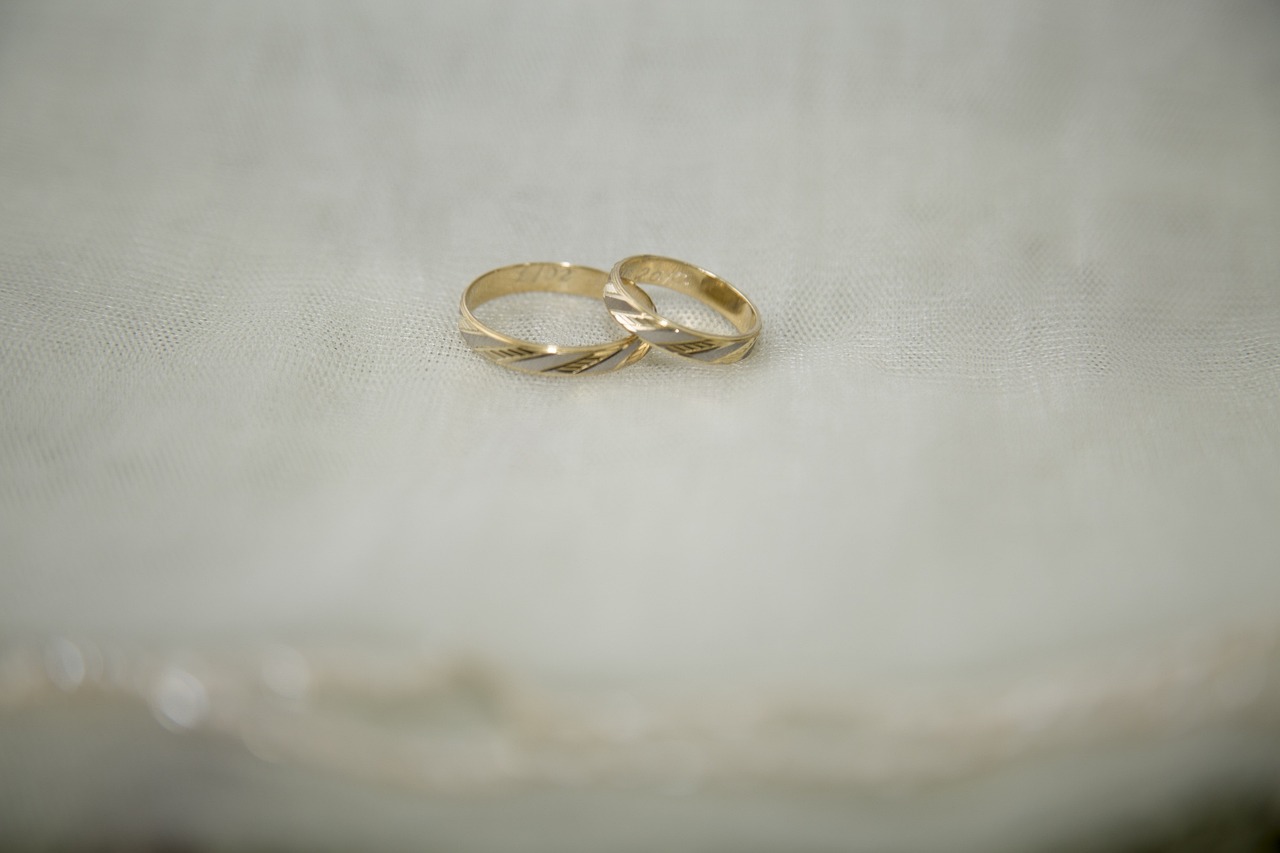
Why Are Mood Rings Trending Again?
Mood rings, once a beloved fashion accessory from the 1970s, are experiencing a remarkable revival in today’s market. This resurgence can be attributed to several compelling factors that resonate with modern consumers. In this section, we will explore the appeal of nostalgia, the importance of self-expression, and the increasing interest in wellness and mindfulness.
- Nostalgia: The charm of mood rings lies in their ability to evoke memories of the past. Many individuals who wore these rings in their youth are now rediscovering them, driven by a sense of nostalgia. This emotional connection to the past creates a desire to reintroduce mood rings into their lives, making them a trendy accessory once more.
- Self-Expression: In an era where individuality is celebrated, mood rings offer a unique way to express one’s emotions. Each color change reflects the wearer’s current emotional state, allowing for a personal and intimate connection to their feelings. This aspect of mood rings encourages conversations and connections, making them more than just a piece of jewelry.
- Wellness and Mindfulness: The growing interest in mental health and wellness has led many consumers to seek tools that promote self-awareness. Mood rings serve as a tangible reminder of one’s emotional state, fostering mindfulness and encouraging individuals to reflect on their feelings. This focus on emotional well-being aligns perfectly with contemporary trends in self-care.
In conclusion, the revival of mood rings can be attributed to a combination of nostalgia, the desire for self-expression, and a heightened interest in wellness. These factors not only make mood rings appealing but also relevant in today’s fast-paced world. As consumers continue to seek meaningful connections and emotional awareness, mood rings are poised to remain a cherished accessory.
Nostalgia and Retro Trends
Nostalgia has an undeniable power to evoke emotions and memories, and it plays a pivotal role in the resurgence of mood rings in contemporary fashion. As trends from the past make their way back into the spotlight, mood rings have emerged as a symbol of retro charm that resonates with consumers today.
The 1970s were a defining era for mood rings, captivating the hearts of many with their unique ability to reflect emotional states through color changes. This nostalgic appeal has fueled a renewed interest in these accessories, especially among millennials and Gen Z who seek to connect with the past while expressing their individuality.
In today’s fast-paced world, where mindfulness and self-awareness are increasingly valued, mood rings offer a tangible way to engage with one’s emotions. They serve not only as a fashion statement but also as a reminder to pause and reflect on one’s feelings. The color-changing feature of mood rings allows wearers to visually interpret their emotional landscape, making them a popular choice for those looking to enhance their emotional intelligence.
Moreover, the rise of social media has amplified the trend, with influencers and celebrities showcasing mood rings as part of their personal style. This exposure has further solidified their status as a must-have accessory, bridging the gap between nostalgia and modern fashion.
As consumers increasingly gravitate towards sustainable fashion choices, mood rings also offer a unique opportunity for self-expression without contributing to fast fashion waste. Many brands now focus on creating mood rings with eco-friendly materials, appealing to the environmentally conscious shopper.
In conclusion, the comeback of mood rings is a testament to the enduring allure of nostalgia and retro trends. As they continue to capture the imagination of a new generation, mood rings remain a delightful blend of style, science, and personal expression.
Mindfulness and Self-Expression
In today’s world, where the emphasis on mental health and self-awareness is more pronounced than ever, mood rings have emerged as a fascinating tool for personal expression. These unique accessories do more than just adorn the finger; they serve as a reflection of our emotional states, allowing wearers to connect with their feelings in a tangible way.
Mood rings, with their captivating ability to change colors, provide a visual representation of our inner emotional landscape. Each color corresponds to a different emotional state, helping individuals to identify and articulate their feelings. For example, a blue hue might indicate calmness, while a vibrant red could signify excitement or passion. This color-coding system encourages wearers to reflect on their emotions and understand their mental well-being better.
Moreover, mood rings can act as a catalyst for mindfulness practices. By wearing a mood ring, individuals are prompted to pause and consider their current emotional state throughout the day. This practice of checking in with oneself can lead to greater emotional awareness and a deeper understanding of personal triggers, whether they stem from stress, joy, or anxiety.
In addition to their reflective qualities, mood rings foster self-expression. In a society where personal identity and emotional health are increasingly valued, these rings allow wearers to showcase their feelings without uttering a word. The choice of a mood ring can become a personal statement, reflecting one’s current emotional journey or even serving as a conversation starter about mental health.
In conclusion, mood rings are not just nostalgic accessories but powerful tools for self-discovery and emotional awareness. As we navigate the complexities of modern life, these rings remind us to be attuned to our emotions, promoting a culture of mindfulness and self-expression.
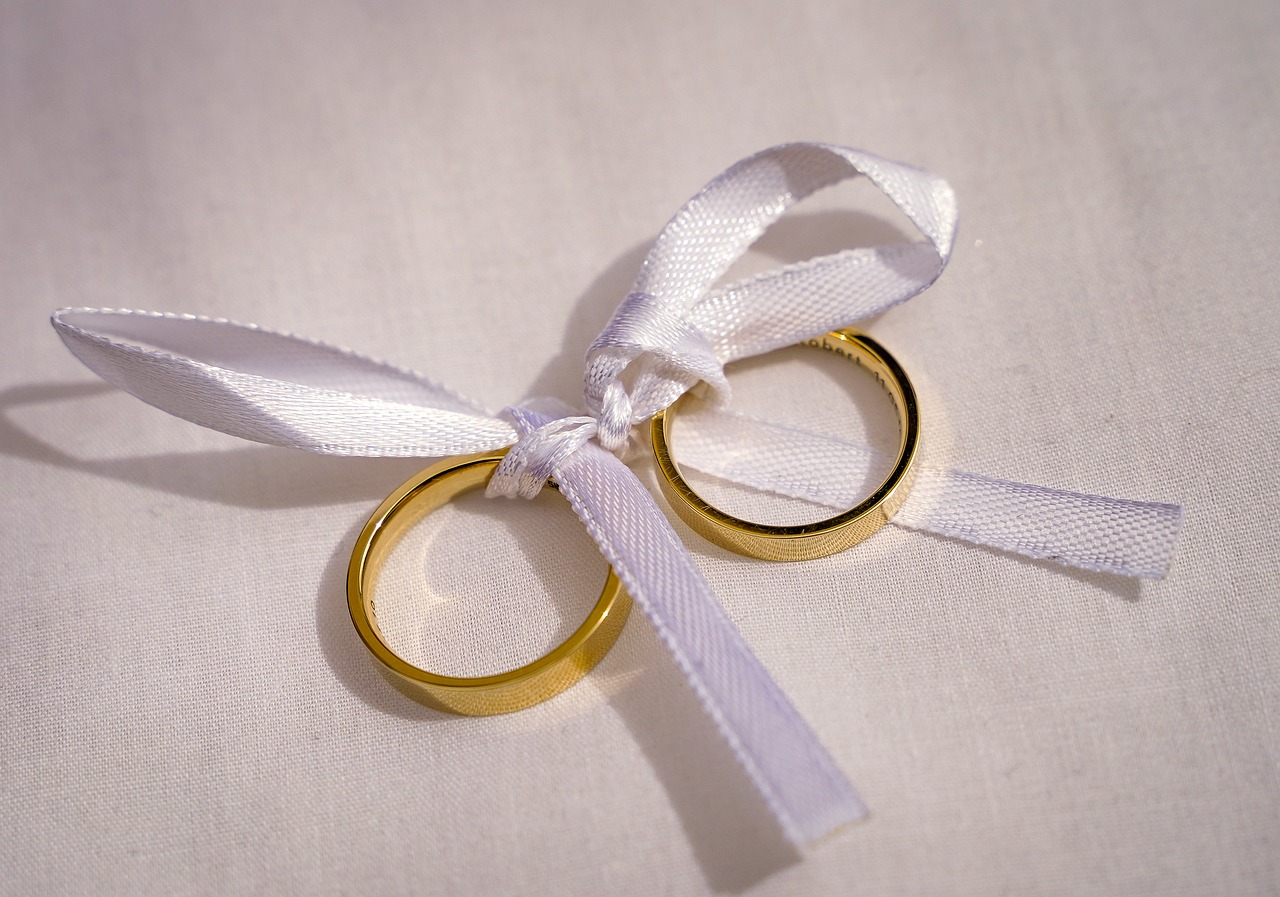
Choosing the Right Mood Ring
can be a delightful yet daunting task, especially with the plethora of styles and materials available in the market today. These unique accessories are not just fashion statements; they also serve as personal emotional gauges. This section aims to provide practical tips that will help you select a mood ring that resonates with your individual style and emotional needs.
When considering a mood ring, material is one of the first factors to evaluate. Mood rings are typically made from a variety of substances, including silver, gold, and various alloys. Each material has its own set of advantages:
- Silver: Known for its durability and classic appeal, silver mood rings often have a timeless look.
- Gold: Offers a luxurious feel but can be more expensive. It’s ideal for those looking to make a statement.
- Alloys: Often more affordable and can come in various finishes, making them a versatile choice.
Next, consider the style and design of the mood ring. From vintage-inspired pieces to contemporary designs, the options are vast:
- Classic Designs: Simple bands that focus on the color-changing stone.
- Modern Styles: Intricate designs that incorporate additional gemstones or unique settings.
- Customizable Options: Some retailers allow you to design your own ring, adding a personal touch.
Additionally, think about the color-changing properties of the mood ring. Different colors correspond to various emotional states, so choose a ring that not only looks good but also reflects what you want to express. For instance, a ring that turns blue might signify calmness, while one that turns red could indicate passion or excitement.
In conclusion, selecting the right mood ring involves careful consideration of materials, styles, and emotional significance. By taking the time to evaluate these factors, you can find a mood ring that not only enhances your personal style but also serves as a meaningful reflection of your emotions.
Material Considerations
Mood rings are not only fascinating for their color-changing properties but also for the variety of materials from which they are crafted. The choice of material can significantly influence both the **durability** and **aesthetic** appeal of the ring. Below, we explore the pros and cons of some common materials used in mood rings, helping consumers make informed decisions.
| Material | Pros | Cons |
|---|---|---|
| Metal |
|
|
| Plastic |
|
|
| Glass |
|
|
When selecting a mood ring, consider your lifestyle and how often you plan to wear it. For those seeking a **long-lasting** piece, metal options may be ideal. If you prefer something more **lightweight** and **colorful**, plastic might be the way to go. Ultimately, the choice of material should align with both **personal preference** and **practical needs**.
In conclusion, understanding the different materials available for mood rings allows consumers to choose a piece that not only reflects their style but also meets their durability requirements. Whether you opt for metal, plastic, or glass, each material offers its own unique benefits and drawbacks.
Style and Design Options
Mood rings have evolved significantly since their inception, showcasing a wide array of styles that cater to various tastes and preferences. From vintage-inspired pieces to sleek, modern designs, there is a mood ring for everyone. This section delves into the current trends in mood ring designs, helping readers discover a ring that resonates with their personal aesthetic.
One of the most notable trends is the revival of classic designs. Many consumers are drawn to the nostalgic elements of mood rings that reflect the styles popular in the 1970s. These rings often feature bold colors and intricate patterns, appealing to those who appreciate retro fashion. Additionally, the use of natural stones alongside thermotropic crystals has become increasingly popular, adding a touch of elegance and sophistication.
On the other hand, modern interpretations of mood rings have also gained traction. Designers are experimenting with minimalist styles that incorporate clean lines and subtle color changes. These contemporary rings often use sleek metals like stainless steel or titanium, making them suitable for daily wear while still retaining their unique emotional significance.
Another exciting trend is the incorporation of customizable elements. Many brands now offer personalized mood rings where customers can choose the color of the band, the type of stone, and even engrave a special message. This customization allows individuals to create a piece that is truly unique to them, aligning perfectly with their personal style.
In conclusion, the variety of styles available today ensures that mood rings remain relevant and appealing. Whether one prefers a classic design that evokes nostalgia or a modern piece that reflects contemporary aesthetics, there is a mood ring to suit every taste. As these rings continue to evolve, they offer not only a way to express emotions but also a fashionable accessory that complements individual style.
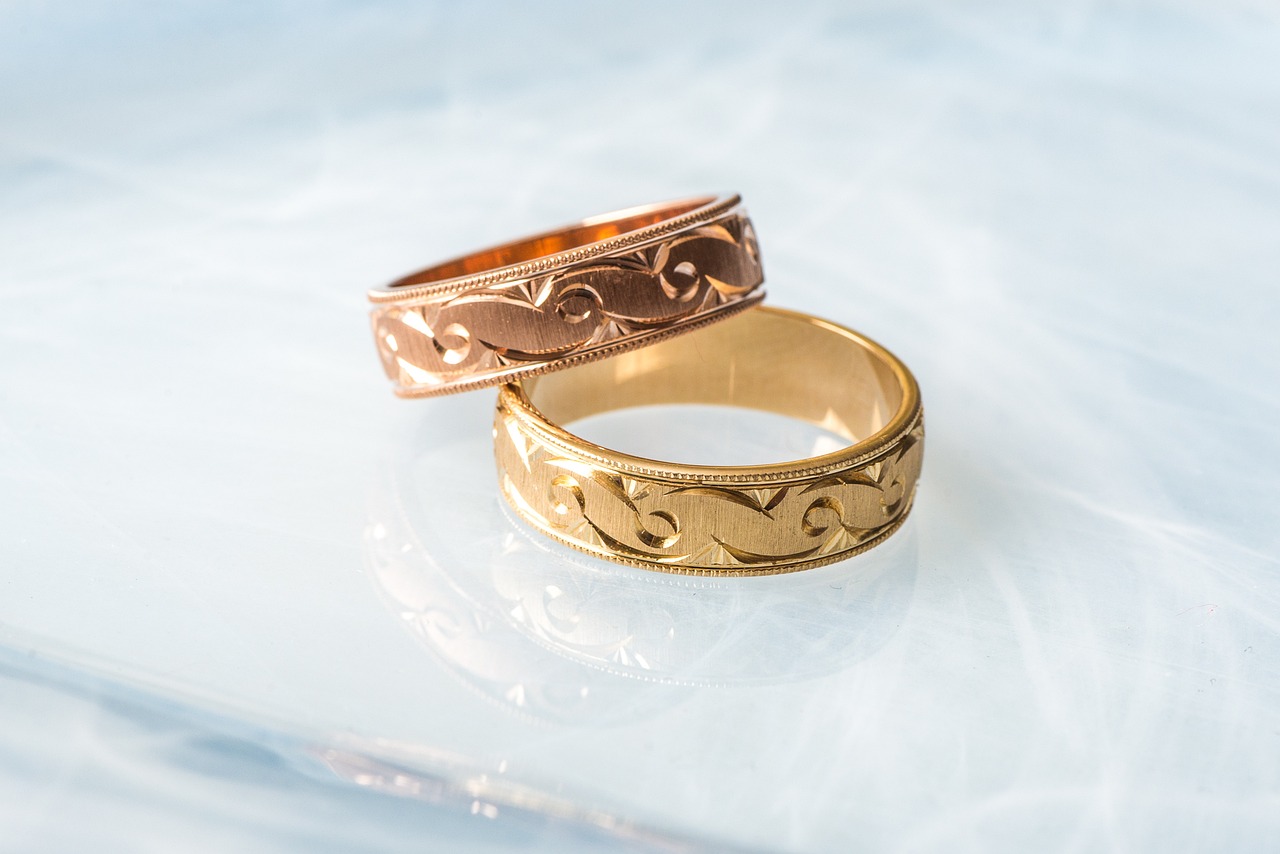
Where to Buy Mood Rings
Mood rings, the captivating accessories that change color based on your emotional state, can be found in a variety of places. Whether you prefer shopping in person or online, there are numerous options available to help you find the perfect mood ring. This section will guide you on where to purchase quality mood rings and what to consider to ensure you are getting an authentic product.
Online Retailers vs. Local Shops
- Online Retailers: Shopping online offers a wide selection of mood rings from various sellers. Websites like Amazon, Etsy, and specialized jewelry stores often have customer reviews that can help you gauge the quality of the product.
- Local Shops: Visiting local jewelry stores or boutiques allows you to see the rings in person. This can be particularly beneficial for assessing the quality and craftsmanship before making a purchase.
Identifying Quality Mood Rings
When searching for mood rings, it’s essential to ensure you are purchasing a quality item. Here are some tips to identify high-quality mood rings:
- Check for Authenticity: Look for rings that use genuine thermotropic liquid crystals, which are responsible for the color change. Avoid rings that claim to change color but lack this technology.
- Material Quality: Consider the materials used in the ring. Options such as sterling silver or high-quality alloys are more durable than cheaper alternatives.
- Reputable Sellers: Purchase from well-known and trusted retailers. Checking the seller’s ratings and reviews can provide insights into their reliability.
In conclusion, whether you choose to shop online or in a local store, ensuring that you follow these guidelines will help you find a quality mood ring that not only looks beautiful but also accurately reflects your emotions.
Online Retailers vs. Local Shops
When it comes to making purchases, consumers often find themselves at a crossroads: should they opt for the convenience of online shopping or the tactile experience of visiting local stores? Both options come with their unique advantages and potential drawbacks, influencing the overall purchasing experience.
- Convenience of Online Shopping: Online retailers offer unparalleled convenience, allowing shoppers to browse and purchase items from the comfort of their homes. This option is especially beneficial for those with busy schedules or limited access to physical stores.
- Wider Selection: Online platforms often provide a broader range of products, including items that may not be available in local shops. This extensive selection can lead to better deals and unique finds.
- Price Comparisons: Shopping online enables easy price comparisons between different retailers, helping consumers find the best deals without the need to travel from store to store.
On the other hand, local shops have their own set of advantages:
- Personal Interaction: Local stores offer the benefit of face-to-face interaction with sales staff, providing personalized service and the ability to ask questions about products.
- Immediate Gratification: Shopping locally allows consumers to take their purchases home immediately, eliminating the wait time associated with online orders.
- Support for Local Economy: Purchasing from local shops supports the community and contributes to the local economy, fostering a sense of community and sustainability.
Ultimately, the choice between online shopping and local stores depends on individual preferences and circumstances. Consumers must weigh the convenience and variety of online shopping against the personal touch and immediacy offered by local retailers. Understanding these factors can help potential buyers make informed decisions that enhance their purchasing experience.
Identifying Quality Mood Rings
When it comes to purchasing mood rings, it is crucial to understand that not all mood rings are created equal. The market is flooded with various options, and distinguishing between high-quality and inferior products can be challenging. Here, we provide essential tips on how to identify quality mood rings, ensuring you make an informed decision.
- Look for Authentic Materials: High-quality mood rings are typically made from durable metals such as sterling silver or stainless steel. Avoid rings made from cheap alloys that may tarnish or cause skin irritation.
- Check the Color-Changing Mechanism: The best mood rings utilize thermotropic liquid crystals that change color in response to temperature. Ensure that the ring’s color changes smoothly and consistently, reflecting genuine emotional states.
- Examine the Craftsmanship: Quality mood rings should have a polished finish, with no rough edges or visible seams. Inspecting the craftsmanship can give you insights into the ring’s overall quality.
- Read Reviews and Ratings: Before making a purchase, check customer reviews and ratings. Reputable sellers will often have positive feedback from previous buyers, indicating their reliability and the quality of their products.
- Purchase from Reputable Sellers: Always buy mood rings from established stores or trusted online retailers. These sellers often provide authenticity guarantees and detailed product descriptions, giving you confidence in your purchase.
In conclusion, identifying quality mood rings involves careful consideration of materials, craftsmanship, and seller reputation. By following these guidelines, you can ensure that your mood ring is not only a beautiful accessory but also a reliable tool for emotional expression.

Conclusion: The Timeless Appeal of Mood Rings
Mood rings have captured the imagination of many, blending nostalgia, science, and self-expression into a single accessory. Their recent resurgence in popularity is not merely a trend; it reflects a deeper yearning for personal connection and emotional awareness in today’s fast-paced world.
Originally popular in the 1970s, mood rings were celebrated for their ability to change colors based on the wearer’s emotional state, as influenced by body temperature. This fascinating interplay of science and fashion has rekindled interest among consumers who seek more than just aesthetic appeal from their accessories.
As we navigate a society increasingly focused on mental health and wellness, mood rings serve as a tangible reminder of our emotional states. They allow individuals to express their feelings visually, making them a unique tool for self-reflection and emotional awareness. In a world where personal connections are often fleeting, these rings provide a way to connect with oneself and others on a deeper level.
The nostalgic aspect of mood rings cannot be overlooked. Many people are drawn to the retro aesthetic, which evokes memories of simpler times. This nostalgia resonates particularly with millennials and Gen Z, who are increasingly embracing vintage styles as part of their identity.
Moreover, mood rings are versatile. They come in a variety of styles and materials, catering to different tastes and preferences. Whether one prefers a classic design or a modern twist, there is a mood ring available for everyone.
In conclusion, the timeless appeal of mood rings lies in their ability to combine emotional expression with fashion. As they continue to gain popularity, they remind us of the importance of self-awareness and the connections we share with others. Mood rings are not just accessories; they are a celebration of our emotional journeys.
Frequently Asked Questions
- What are mood rings and how do they work?
Mood rings are unique accessories that change color based on the temperature of your skin, which can reflect your emotional state. They contain thermotropic liquid crystals that react to temperature fluctuations, allowing you to see your “mood” through color changes!
- What do the different colors in mood rings mean?
Each color displayed by a mood ring corresponds to different emotions. For instance, blue often indicates calmness, while red can signify excitement or passion. Understanding these color meanings can help you gain insight into your emotional state.
- Are mood rings suitable for everyone?
Absolutely! Mood rings can be a fun and expressive accessory for anyone, regardless of age or style. They not only serve as a fashion statement but also as a tool for self-reflection and emotional awareness.
- Where can I buy a quality mood ring?
You can find mood rings in various places, including online retailers and local jewelry shops. When shopping, look for reputable sellers to ensure you’re getting a quality product that accurately reflects your mood!
- How do I choose the right mood ring for me?
Choosing the perfect mood ring involves considering factors like material, design, and size. Think about your personal style and how you want the ring to represent you. Don’t hesitate to explore different options to find one that resonates with you!

